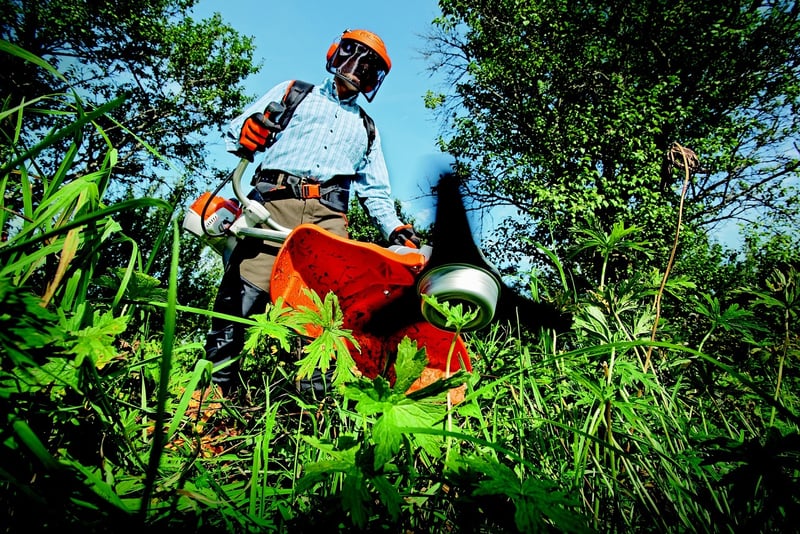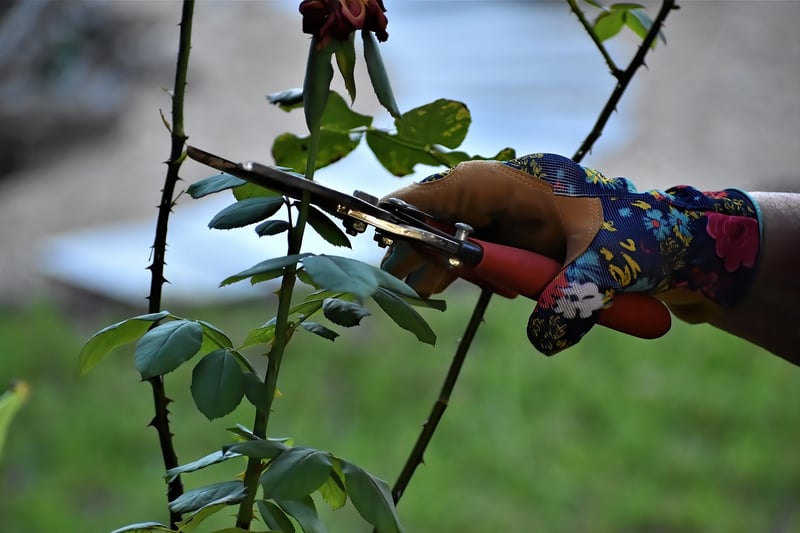Pruning Techniques
Nurture Your Plants: Pruning Techniques
Whether you're a seasoned gardener or just starting your journey with plants, understanding the importance of pruning and how to do it correctly can make a significant difference in the health and appearance of your green friends. Pruning is not only about shaping your plants but also about promoting growth, controlling pests, and ensuring overall vitality. Here are some essential pruning techniques to help you nurture your plants effectively:
1. Know When to Prune
Understanding the growth cycle of your plants is crucial for determining the right time to prune. In general, pruning during the dormant season (late winter or early spring) is ideal for most plants. However, some flowering plants may require pruning immediately after flowering to encourage new growth.
2. Use the Right Tools
Investing in high-quality pruning tools is essential for making clean cuts that promote healing and prevent disease. Secateurs, pruning shears, loppers, and pruning saws are commonly used tools for different types of pruning tasks. Make sure your tools are sharp and properly sanitized before use.
3. Remove Dead or Diseased Branches
Dead or diseased branches not only detract from the appearance of your plants but can also spread infections to healthy parts. Removing these branches with clean cuts helps improve air circulation and prevents the spread of disease, ultimately promoting plant health.
4. Shape Your Plants
Pruning can help shape your plants for aesthetic purposes or to control their size. Whether you're aiming for a specific form or simply want to maintain a tidy appearance, regular pruning can help achieve your desired look while encouraging new growth.
5. Encourage Growth
Strategic pruning can stimulate new growth by directing energy to specific areas of the plant. By removing old or overgrown branches, you can promote the development of new shoots and flowers, resulting in a healthier and more vibrant plant.
6. Practice Caution
While pruning is beneficial for plants, it's essential to exercise caution to avoid over-pruning, which can weaken the plant, or causing damage to essential structures. Start with small cuts and step back periodically to assess the plant's overall appearance before proceeding further.
By mastering the art of pruning and incorporating these techniques into your plant care routine, you can help your plants thrive and flourish. Remember, each plant may have specific pruning needs, so it's essential to research individual species for tailored guidance. Happy pruning!

For more information on plant care and gardening tips, visit Gardeners.com.
